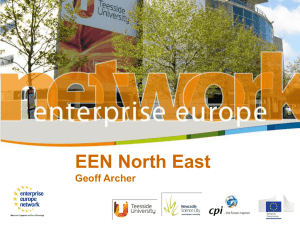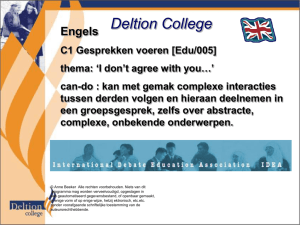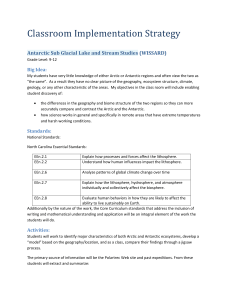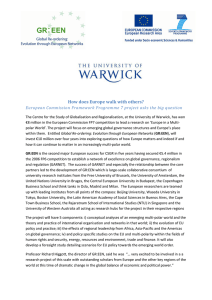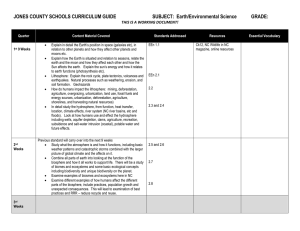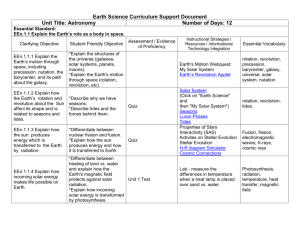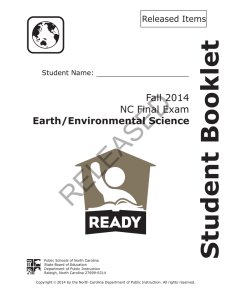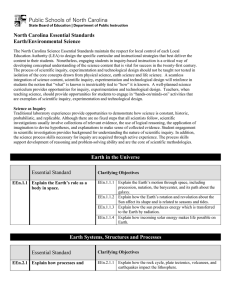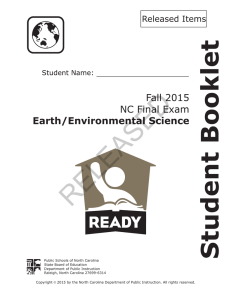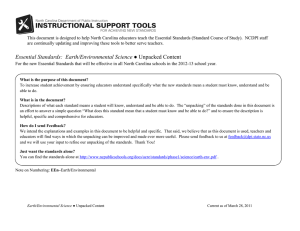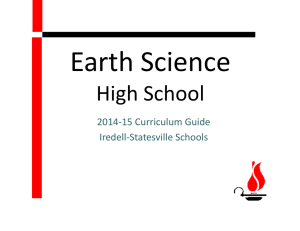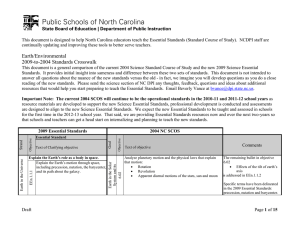welcome powerpoint
advertisement
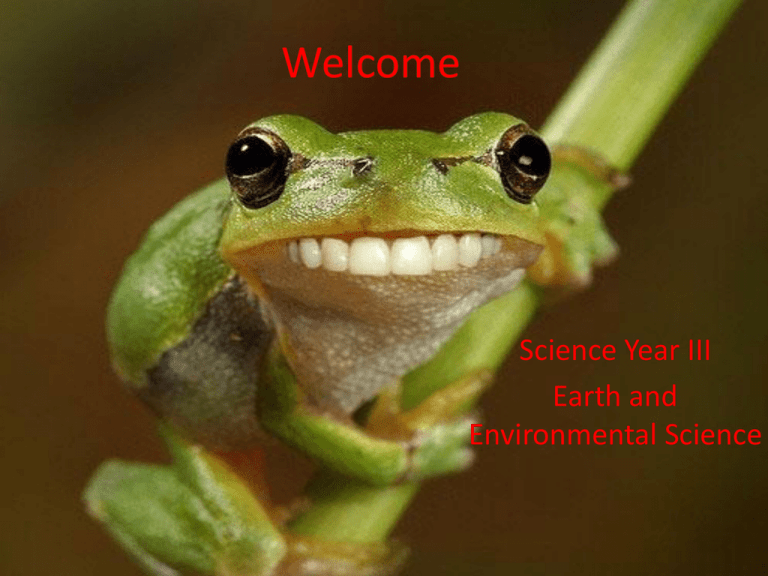
Welcome Science Year III Earth and Environmental Science Supplies 4 -1 ½ inch binders Dividers for each binder Loose Leaf paper for each binder 1 single subject notebook Composition notebook (marble) Highlighter T I 83 – TI 84 (recommended) 12 or 24 pack colored pencils Pencils Ear buds Flash drive Classroom needs Tissues Hand Sanitizer Clorox Wipes Paper Towels Dry Erase Markers Glue Sticks Important Information: ~ Book bags are recommended for use from home to school – only string bags will be allowed in the classrooms due to space restrictions. Students will be provided with a locker and lock to store their book bags. ~ Any parent interested in volunteering for any event this year, should go to the WSFCS website, and register as a volunteer at the highest level. Even if you registered last year, the system will reset at the beginning of each school year. This allows us to utilize parent volunteers more efficiently. ~ Students will be allowed to participate in bring your own device to school, but only after the appropriate paperwork (permission forms) has been completed. Look for this information within the first week of school. ~ Parents can access their student’s progress through Parent Portal (power school). The school will provide you with user name and password. Look for this information within the first week of school. • ~ Lunch is now $2.70 daily • ~ School fees: $7.00 Tutoring Days: McGee: Tuesday Long: Wednesday Chidsey: Wednesday Matthews: Thursday Grade Percentage: Homework: 10 % Classwork: 40 % Test: 30% Quizzes: 20% Physical Science • 8.P.1 • Understand the properties of matter and changes that occur when matter interacts in an open and closed container. • 8.P.1.1 Classify matter as elements, compounds, or mixtures based on how the atoms are packed together in arrangements. • 8.P.1.2 Explain how the physical properties of elements and their reactivity have been used to produce the current model of the Periodic Table of elements. • 8.P.1.3 Compare physical changes such as size, shape and state to chemical changes that are the result of a chemical reaction to include changes in temperature, color, formation of a gas or precipitate. • 8.P.1.4 Explain how the idea of atoms and a balanced chemical equation support the law of conservation of mass. Energy: Conservation and Transfer • 8.P.2 Explain the environmental implications associated with the various methods of obtaining, managing, and using energy resources. • 8.P.2.1 Explain the environmental consequences of the various methods of obtaining, transforming and distributing energy. • 8.P.2.2 Explain the implications of the depletion of renewable and nonrenewable energy resources and the importance of • conservation. Life Science • 8.L.5 Understand the composition of various substances as it relates to their ability to serve as a source of energy and building • materials for growth and repair of organisms. • 8.L.5.1 Summarize how food provides the energy and the molecules required for building materials, growth and survival of all • organisms (to include plants). • 8.L.5.2 Explain the relationship among a healthy diet, exercise, and the general health of the body (emphasis on the relationship • between respiration and digestion). • EEn.1.1 Explain the Earth’s role as a body in space. • EEn.1.1.1 Explain the Earth’s motion through space, including precession, nutation, the barycenter, and its path about the galaxy. • EEn.1.1.2 Explain how the Earth’s rotation and revolution about the Sun affect its shape and is related to seasons and tides. • EEn.1.1.3 Explain how the sun produces energy which is transferred to the Earth by radiation. • EEn.1.1.4 Explain how incoming solar energy makes life possible on Earth. • EEn.2.1 Explain how processes and forces affect the lithosphere. • EEn.2.1.1 Explain how the rock cycle, plate tectonics, volcanoes, and earthquakes impact the lithosphere. • EEn.2.1.2 Predict the locations of volcanoes, earthquakes, and faults based on information contained in a variety of maps. • EEn.2.1.3 Explain how natural actions such as weathering, erosion (wind, water and gravity), and soil formation affect Earth’s surface. • EEn.2.1.4 Explain the probability of and preparation for geohazards such as landslides, avalanches, earthquakes and volcanoes in a • particular area based on available data
